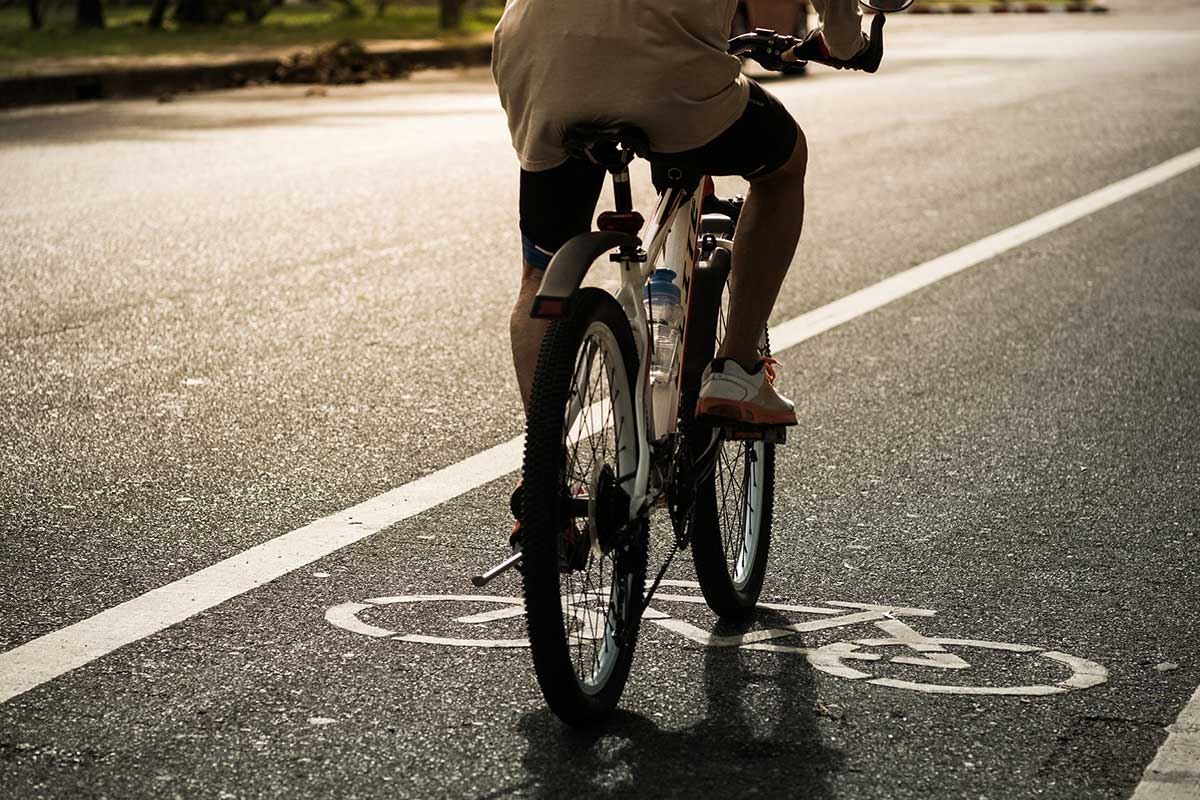What is Active Transportation?
The way we move around our communities has a profound impact not only on our daily lives but also on the environment. It is becoming increasingly clear that an emphasis on active transportation is an integral part of a well-functioning and balanced transportation system. Active transportation encompasses modes of human-powered travel that rely on physical energy, such as walking, cycling, scootering, or using a wheelchair. Its significance within the broader transportation landscape can be understood by examining its benefits, its challenges, and its role in shaping sustainable and vibrant communities.
Benefits of Active Transportation
- Health and Well-being: Active transportation encourages physical activity, helping people maintain healthier lifestyles. Regular exercise reduces the risk of chronic diseases, improves mental health, and contributes to overall well-being.
- Reduced Traffic Congestion: By opting for active transportation, individuals can help alleviate traffic congestion, especially in urban areas. Fewer cars on the road leads to reduced travel times, less idling, and fewer emissions.
- Environmental Sustainability: Active transportation is one of the most environmentally friendly modes of travel. It produces zero emissions and has a minimal ecological footprint, contributing to cleaner air and a healthier planet.
- Cost Savings: Walking and cycling are cost-effective modes of transportation. They require minimal infrastructure and equipment compared to automobiles, making them accessible to a wide range of people.
Challenges Facing Active Transportation
While active transportation offers numerous benefits, it is not without its challenges:
- Safety Concerns: Safety is a primary concern for pedestrians and cyclists. Insufficient infrastructure, inadequate road design, and conflicts with motor vehicles can make active transportation risky.
- Infrastructure Gaps: Many communities lack sufficient infrastructure to support active transportation, such as bike lanes, sidewalks, and safe crossings. Investments in these facilities are crucial for promoting these modes of travel.
- Weather and Geography: Extreme weather conditions and challenging terrain can deter people from walking or cycling, especially in regions with harsh winters or steep hills.
- Cultural and Behavioral Factors: In some places, there may be cultural resistance to adopting active transportation as a viable mode of travel. Changing ingrained habits and attitudes can be a slow process.
Active Transportation Planning
Active transportation plays a vital role within the broader transportation system in several ways:
- Complementary Mode: Active transportation complements other modes of travel like public transit. Many people use active transportation for the first or last mile of their journeys, reducing the need for personal vehicles and increasing the efficiency of public transit systems.
- Reducing Pressure on Infrastructure: By encouraging walking and cycling, cities can reduce the strain on road and transit infrastructure. This can lead to cost savings and reduced maintenance needs.
- Urban Planning and Community Development: Designing infrastructure with active transportation in mind can lead to more walkable and bike-friendly communities. This, in turn, can attract residents, businesses, and tourists, boosting local economies.
- Environmental Sustainability: Incorporating active transportation into the transportation system contributes to sustainability goals by reducing greenhouse gas emissions and promoting eco-friendly modes of travel.
Active Transportation Programs
Active transportation programming refers to a set of organized initiatives and activities aimed at promoting a culture and environment where walking, cycling, and other human-powered modes of transportation are convenient, safe, and attractive choices for people. Typically implemented by governments, municipalities, organizations, or advocacy groups, these programs include various components, such as:
- Infrastructure Development: Building and improving pedestrian and cycling infrastructure, such as sidewalks, bike lanes, bike racks, and pedestrian-friendly crossings, to create safer and more accessible routes.
- Education and Outreach: Providing educational resources and awareness campaigns to inform people about the benefits of active transportation, safety guidelines, and route planning.
- Promotion and Marketing: Developing marketing campaigns to encourage people to choose active transportation options, often highlighting the advantages of walking or cycling for health, cost savings, and environmental reasons.
- Bike Share Programs: Implementing bike-sharing systems that allow people to rent bicycles for short trips, making cycling more accessible in urban areas.
- Walking School Buses: Organizing walking groups for children to travel to school safely, reducing the reliance on cars for school transportation.
- Incentives and Rewards: Offering incentives, rewards, or recognition for individuals or communities that actively participate in active transportation initiatives.
- Events and Challenges: Hosting events like bike races, walkathons, or challenges to engage the community and promote active transportation.
- Policy and Planning: Advocating for policies and urban planning that prioritize and support active transportation, such as zoning regulations that promote walkable neighborhoods or the integration of cycling infrastructure in transportation plans.
Conclusion – What is Active Transportation?
Active transportation is not just a mode of getting from point A to point B; it’s a cornerstone of a sustainable and healthy transportation system. By prioritizing and investing in walking and cycling infrastructure, cities can reap the many benefits of active transportation, from improved public health and reduced congestion to a cleaner environment and more vibrant communities. As we move towards a more sustainable and inclusive transportation system, active transportation will continue to play a pivotal role in shaping our cities for the better.

